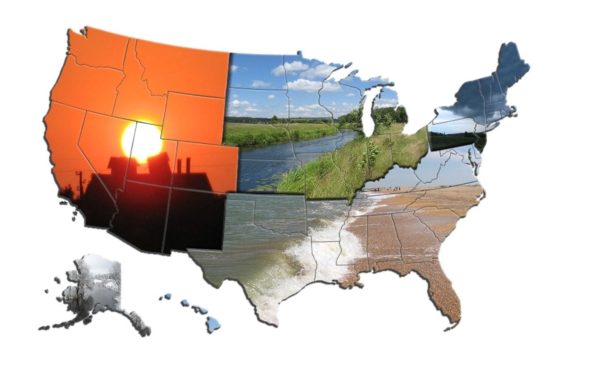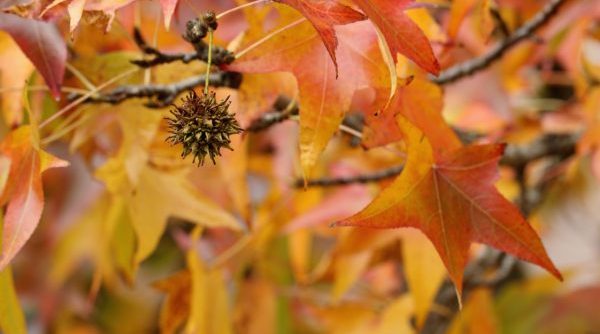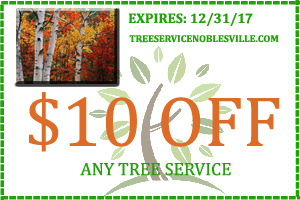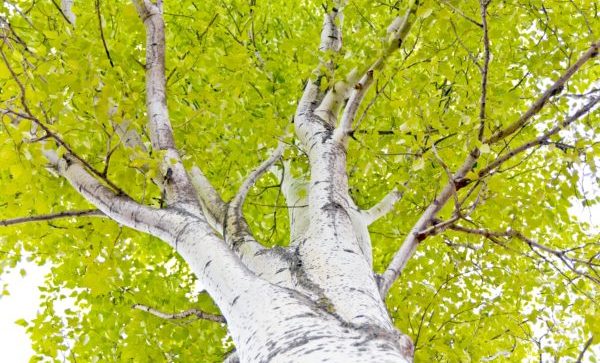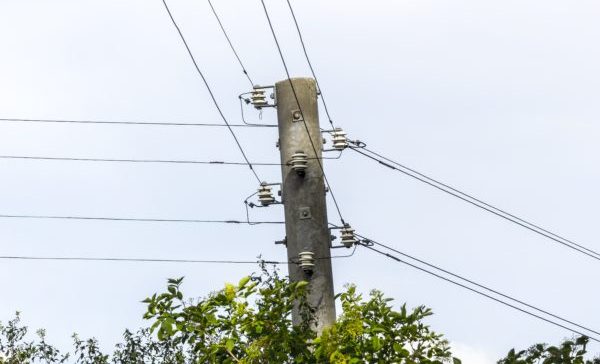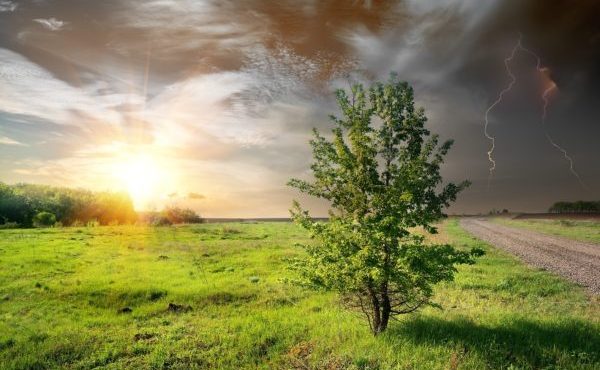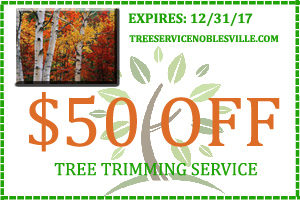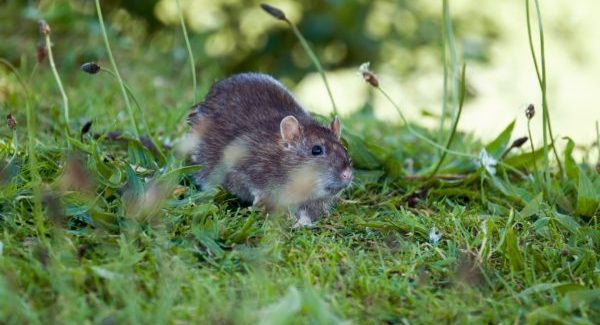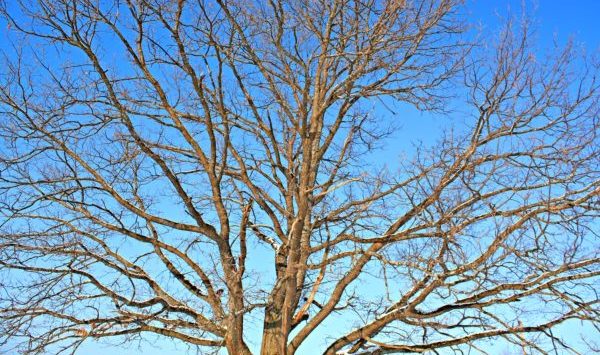For those new to the world of gardening and tree care, your first lesson in planting flora will involve an understanding of plant hardiness zones. Continue reading to review some frequently asked questions about the hardiness zones here in Indiana, including where to find trusted tree service near you.
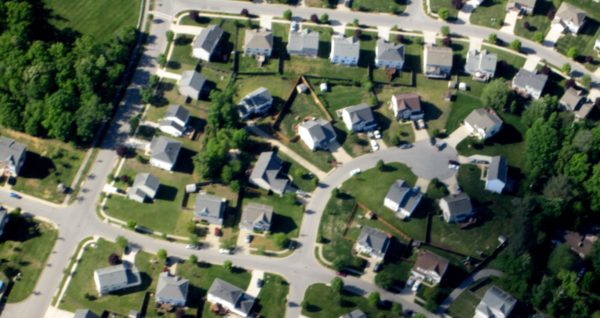
Noblesville Tree Service 317-537-9770
What are Hardiness Zones?
According to the U.S. Department of Agriculture, “USDA Plant Hardiness Zone Map is the standard by which gardeners and growers can determine which plants are most likely to thrive at a location.” This map is based on the average minimum temperature that occurs during the winter, per year, over the past 30 years. It is important to understand that these values are not derived from the lowest temperature that has ever occurred, but rather, the average annual radical minimum temperature during a past 30-year period.
Why are Hardiness Zones Important?
There are several factors that influence a plant or tree’s capacity to thrive in a particular climate. Such factors include ground composition, soil conditions, precipitation, and climate. All of these factors must be just right for a species to grow. Hardiness zones give us the information we need to plant and grow trees in the region in which we live, successfully.
What is My Hardiness Zone?
You can visit the USDA plant hardiness webpage to learn your area’s specific plant hardiness zone by simply entering in your zip code. You can also view a 2012 USDA Hardiness Zone Map of Indiana on their interactive map page.
Which Tree Species Grow Best in Indiana?
The USDA Hardiness Zones for Indiana are 5 and 6, specifically 5b, and 6a, and 6b. Common trees that are hardy to these zones include various species of Ash, Cedar, Pine, Hemlock, Elder, Birch, Beech, Cherry, Walnut, Chestnut, Buckeye, Hickory, Locust, Magnolia, Maple, Oak, Poplar, Sweetgum, Sycamore, Willow, and more.
Where Can I Find Reliable Noblesville Tree Service?
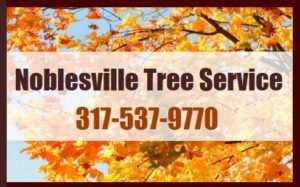
Noblesville Tree Service 317-537-9770

